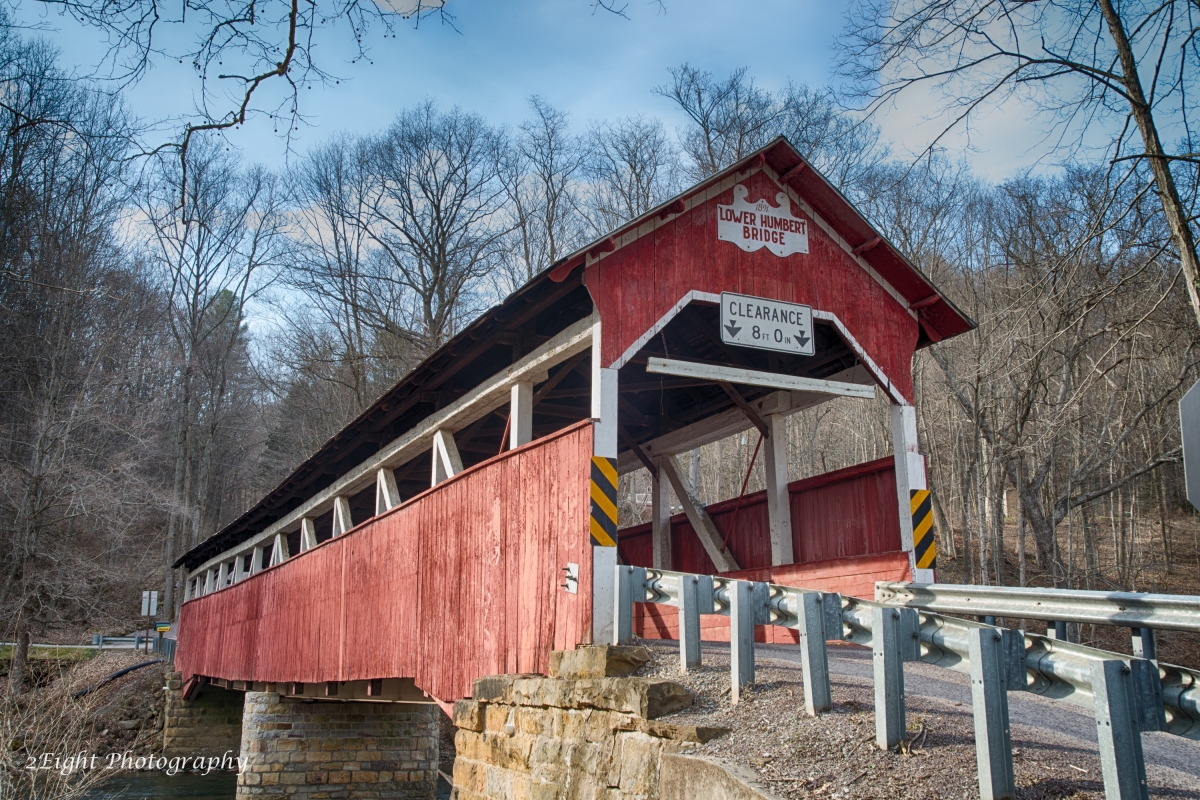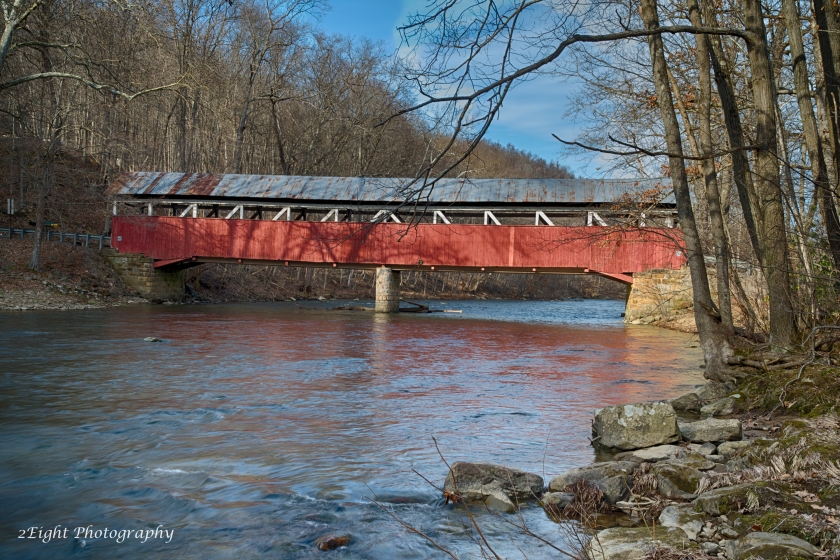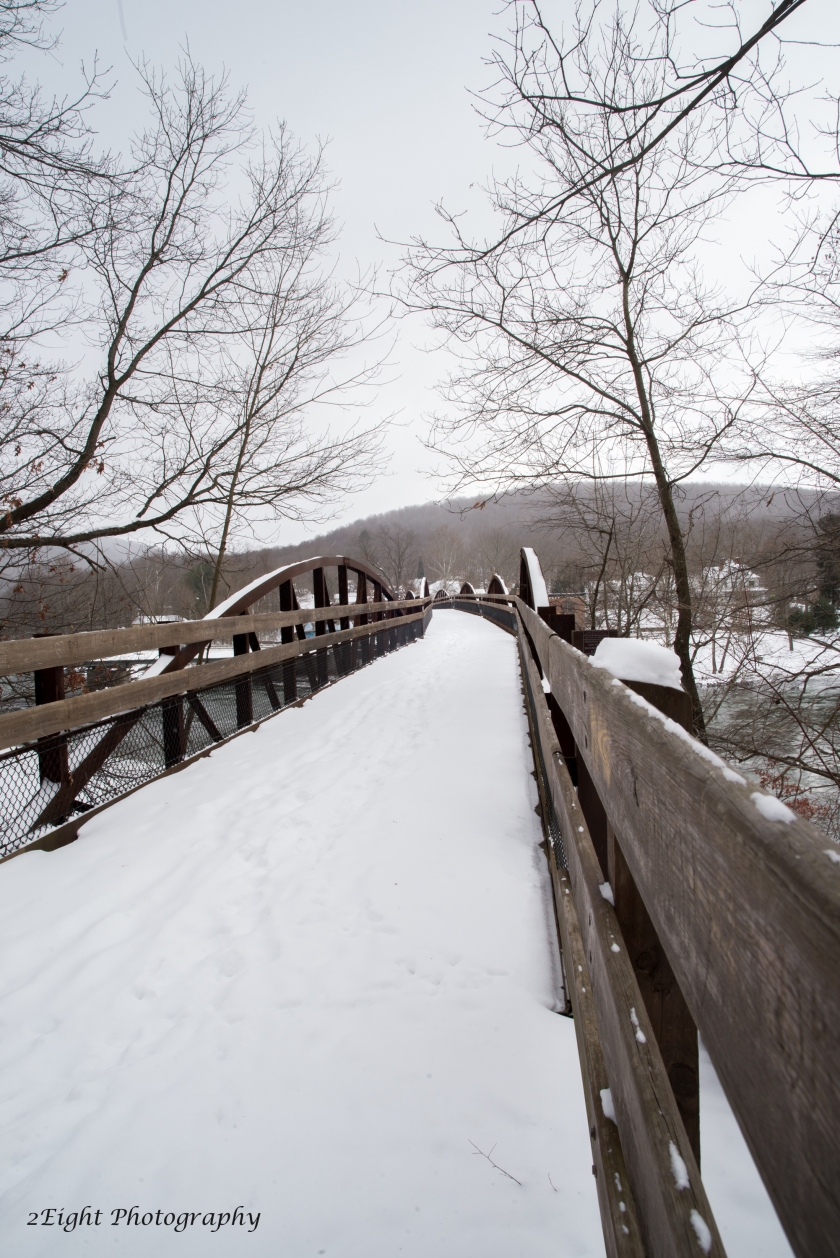A charming field for an encounter….
“A charming field for an encounter” was in part the description that the young Lt. Col. George Washington wrote to Governor Dinwiddie in May of 1754 of the Great Meadows that he had chosen for his base camp. Little did he know, that in just a few short months, he would in fact be signing his surrender to the French Army, at what has become know as the Battle of Fort Necessity. Before we get to the photos I want to give you a brief account of the events that lead to the battle and ultimately the surrender at the fort.
In May of 1754 Washington had arrived at the Great Meadows and decided to make them his base camp for his operations. He was working on clearing a road now know as the National Road. Shortly after arriving and setting up camp Washington became aware of a group of French soldiers that were encamped in a ravine not far away. Washington decided to confront them and find out their intentions. After an all night march in bad weather Washington and his men arrived and surrounded the French soldiers. Now, no one really know the exact circumstances that follows but a shot was fired resulting in a skirmish that lasted for about 15 minutes and 13 Frenchman dead and 21 captured. One had escaped and made his way back to Fort Duquesne. This skirmish was at what would be later named Jumonville Glen after the leader of the French detachment who was killed during the skirmish.
After this skirmish Washington feared an attack and built what we know know as Fort Necessity in 5 days at the end of May and the first of June. He was correct and on July 3, 1754 Washington met with a French army of 600 men and about 100 Indians. After fighting throughout the day in a bad rain storm and considerable losses to Washington’s troops. George Washington signed the terms of surrender. The British were allowed to retreat with the honors of war, but Washington did have to surrender his command to the French. Due to a bad translation of the documents Washington was unaware of the fact the he had also signed his name to a confession of the “assignation” of the French officer Jumonville and the French would use this as part of their propaganda for the resulting French and Indian War.
This battle is considered the beginning of the French and Indian war as well as the beginning of the the Seven Year War which took place in many countries throughout the world. It also helped to set the events in order that would result in the American Revolutionary War.






























